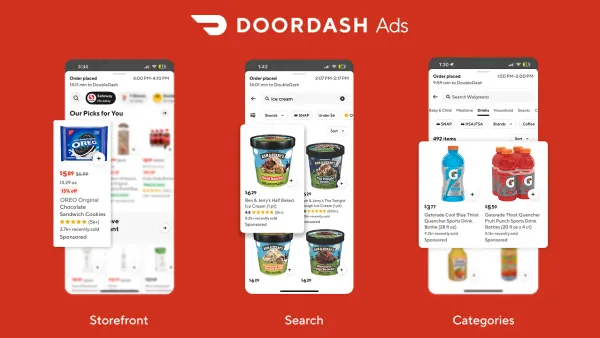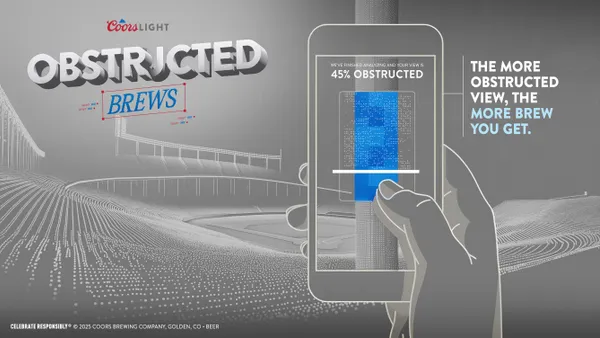Quick Facts
Amazon
-
Forecast 2017 digital ad revenue:
$1.65B
-
US Prime members:
90M
-
Price of a premium product page:
$500K
What keeps the CEO of the world's largest agency holding group up at night? Discussing WPP's fourth-quarter earnings in March, Sir Martin Sorrell said it wasn't his then-three-month-old daughter — it was Amazon, which he positioned as a possible third major player to dethrone the digital duopoly of Facebook and Google.
However, what's become increasingly apparent in 2017 is that Amazon is no longer merely primed for great disruption in the ad world. It's clearly already achieved that status, with a recent eMarketer forecast putting the company's expected digital ad revenue for 2017 at $1.65 billion, ahead of both Twitter and Snapchat.
A number of strategic plays by the Seattle-based company this year have upended marketers' expectations of what it can become, including the surprise announcement of a $13.7 billion acquisition of grocery retailer Whole Foods in June and the signing of a 15-year lease for a new advertising office in New York City in September, right near the heart of the ad industry on Madison Avenue.
Fifty-five percent of product searches in the U.S. originate in Amazon. This attacks Google right at its heart. This is the engine.
—Sir Martin Sorrell, CEO, WPP
The implications here, for brands, agencies and digital platforms alike, are a particularly potent mix of the exciting and terrifying; or, in other words, just the type of thing to keep a marketer up at night.
Building the engine
In recent years, the world's largest consumer packaged goods companies have felt Amazon's pinch, through its massive e-commerce business, services like Amazon Prime — which hit 90 million U.S. members in September — and also voice search done via an ever-growing number of Echo devices powered by its digital assistant Alexa. Alexa has continued to establish its foothold as a leading AI technology, considerably boosting the market share of Amazon's own products to be competitive with legacy brands.
"I see Amazon permeating so many things. Today, Amazon batteries [...] are 30% of the U.S. market," Sorrell said at Advertising Week in September. "Fifty-five percent of product searches in the U.S. originate in Amazon [...] This attacks Google right at its heart. This is the engine."
Amazon's model has always been built on this type of disruption, starting in the '90s when it changed the way consumers thought about buying books. But moves like the Whole Foods acquisition, on top of tapping a massive well of first-party brick-and-mortar shopper data, have this year quickly evolved how Amazon acts as a digital advertising platform. As Amazon puts Whole Foods labels top-shelf on its website, rivals will feel the pressure to spend more on Amazon advertising to keep their offerings visible and competitive, further driving revenue, according to analyst speculations.
At the same time, Amazon has also consistently introduced new tools to keep brands on its platform happy and paying up.
An advertising destination
In June, Amazon rolled out Advertiser Audiences, a self-serve platform that allows for segmentation and targeting using its first-party user data. It's also reported to be testing premium product pages at $500,000 a pop with features like wide-screen videos and interactive multimedia displays, along with adding how-to and product demo videos in a direct strike at the type of content Google's YouTube thrives on.
Amazon in 2017 has fostered a stronger social media presence as well through a premium influencer program first tested in April that only accepts well-vetted talent, providing them vanity URLs on its website, a curated selection of products and more. This summer, it also launched an Instagram-esque app called Spark that's set the mobile marketing world abuzz with its potential to link up with Amazon's other areas of business like e-commerce.
Taken together, these developments are changing how marketers spend their money online in ways that will only become more significant heading into next year.
Looking Forward
According to a recent study by ClickZ and GroupM's Catalyst, 63% of companies advertising on Amazon intend to increase their budgets in 2018, compared to 54% for Google, 53% for Facebook and less than 30% for both Twitter and Bing.
Maybe it will help them sleep a little easier.














